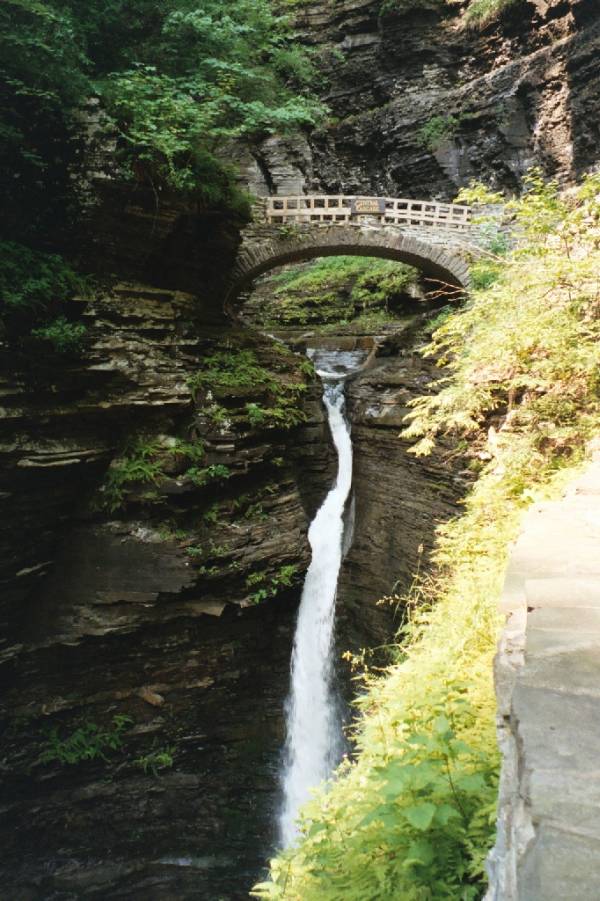1. Bidang Kedokteran
a. Sterilisasi radiasi.
Radiasi dalam dosis tertentu dapat mematikan mikroorganisme sehingga dapat digunakan untuk sterilisasi alat-alat kedokteran. Steritisasi dengan cara radiasi mempunyai beberapa keunggulan jika dibandingkan dengan sterilisasi konvensional (menggunakan bahan kimia), yaitu:
a). Sterilisasi radiasi lebih sempurna dalam mematikan mikroorganisme.
b). Sterilisasi radiasi tidak meninggalkan residu bahan kimia.
c). Karena dikemas dulu baru disetrilkan maka alat tersebut tidak mungkin tercemar bakteri lagi sampai kemasan terbuka. Berbeda dengan cara konvensional, yaitu disterilkan dulu baru dikemas, maka dalam proses pengemasan masih ada kemungkinan terkena bibit penyakit.
b. Terapi tumor atau kanker.
Berbagai jenis tumor atau kanker dapat diterapi dengan radiasi. Sebenarnya, baik sel normal maupun sel kanker dapat dirusak oleh radiasi tetapi sel kanker atau tumor ternyata lebih sensitif (lebih mudah rusak). Oleh karena itu, sel kanker atau tumor dapat dimatikan dengan mengarahkan radiasi secara tepat pada sel-sel kanker tersebut.
2. Bidang pertanian.
a. Pemberantasan homo dengan teknik jantan mandul
Radiasi dapat mengakibatkan efek biologis, misalnya hama kubis. Di laboratorium dibiakkan hama kubis dalam bentuk jumlah yang cukup banyak. Hama tersebut lalu diradiasi sehingga serangga jantan menjadi mandul. Setelah itu hama dilepas di daerah yang terserang hama. Diharapkan akan terjadi perkawinan antara hama setempat dengan jantan mandul dilepas. Telur hasil perkawinan seperti itu tidak akan menetas. Dengan demikian reproduksi hama tersebut terganggu dan akan mengurangi populasi.
b. Pemuliaan tanaman
 |
| Proses Pemuliaan Tanaman Padi |
 |
| Padi Mira I |
Pemuliaan tanaman atau pembentukan bibit unggul dapat dilakukan dengan menggunakan radiasi. Misalnya pemuliaan padi, bibit padi diberi radiasi dengan dosis yang bervariasi, dari dosis terkecil yang tidak membawa pengaruh hingga dosis rendah yang mematikan. Biji yang sudah diradiasi itu kemudian disemaikan dan ditaman berkelompok menurut ukuran dosis radiasinya. Contoh hasil pemuliaan tanaman oleh sinar radio aktif adalam padi MIRA I dengan penyinaran sinar gamma.
c. Penyimpanan makanan
Kita mengetahui bahwa bahan makanan seperti kentang dan bawang jika disimpan lama akan bertunas. Radiasi dapat menghambat pertumbuhan bahan-bahan seperti itu. Jadi sebelum bahan tersebut di simpan diberi radiasi dengan dosis tertentu sehingga tidak akan bertunas, dengan dernikian dapat disimpan lebih lama.
3. Bidang Industri
a. Pemeriksaan tanpa merusak.
Radiasi sinar gamma dapat digunakan untuk memeriksa cacat pada logam atau sambungan las, yaitu dengan meronsen bahan tersebut. Tehnik ini berdasarkan sifat bahwa semakin tebal bahan yang dilalui radiasi, maka intensitas radiasi yang diteruskan makin berkurang, jadi dari gambar yang dibuat dapat terlihat apakah logam merata atau ada bagian-bagian yang berongga didalamnya. Pada bagian yang berongga itu film akan lebih hitam.
b. Mengontrol ketebalan bahan
Ketebalan produk yang berupa lembaran, seperti kertas film atau lempeng logam dapat dikontrol dengan radiasi. Prinsipnya sama seperti diatas, bahwa intensitas radiasi yang diteruskan bergantung pada ketebalan bahan yang dilalui. Detektor radiasi dihubungkan dengan alat penekan. Jika lembaran menjadi lebih tebal, maka intensitas radiasi yang diterima detektor akan berkurang dan mekanisme alat akan mengatur penekanan lebih kuat sehingga ketebalan dapat dipertahankan.
c. Pengawetan bahan
Radiasi juga telah banyak digunakan untuk mengawetkan bahan seperti kayu, barang-barang seni dan lain-lain. Radiasi juga dapat meningkatkan mutu tekstil karena inengubah struktur serat sehingga lebih kuat atau lebih baik mutu penyerapan warnanya. Berbagai jenis makanan juga dapat diawetkan dengan dosis yang aman sehingga dapat disimpan lebih lama.


















